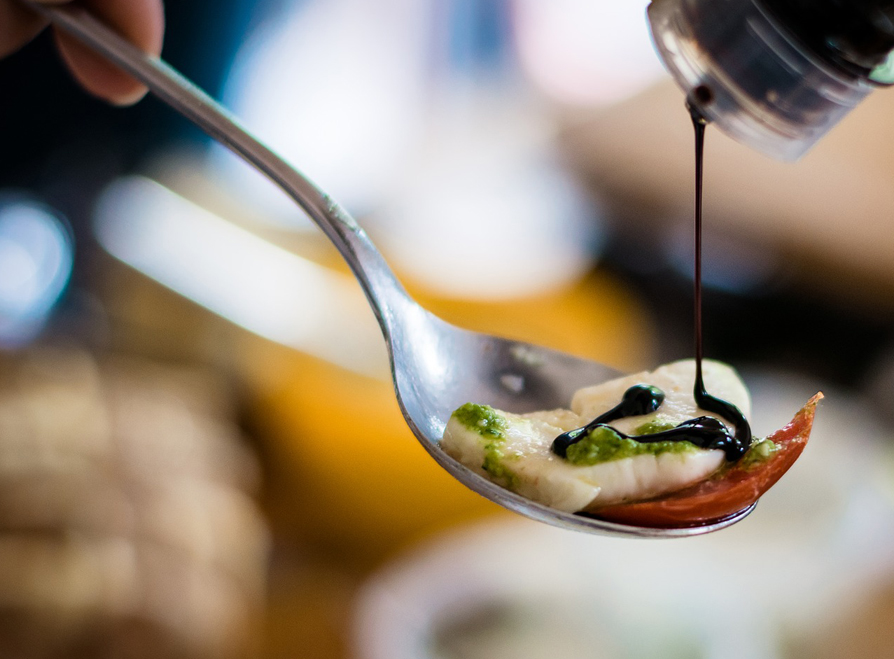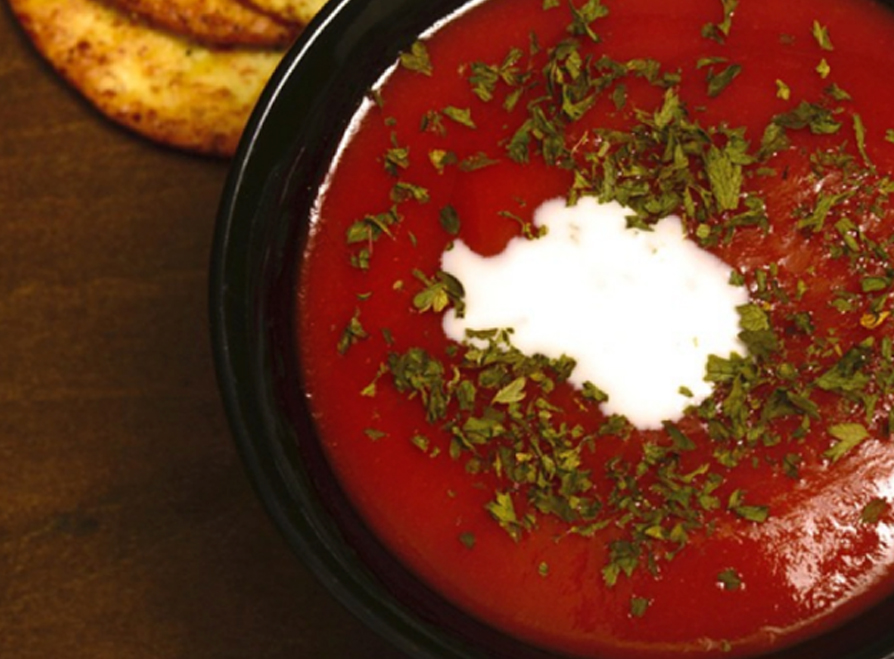
Did you know that the word “balsamico” is connected with its healing qualities? Or that the prices of aged balsamic vinegars can go as high as 1000 euros per litre. Today we bring you the most important facts we have gathered about this wonderful Italian taste wizard every Mediterranean cuisine admirer should know.
The balsamic vinegar tradition is old and distinguished, reaching back to the 11th century. Throughout history, balsamic vinegar barrels have been in a bride of place in Italian families.
Traditional balsamic vinegar is made by fermenting simmered grape juice (grape must) and transferred into barrels that get smaller and smaller in time. Each of the barrels is made of different wood (chestnut, cherry, oak, mulberry, ash, juniper).
Traditionally made balsamic vinegar is glossy and viscose dark brown liquid, which taste nuances and aroma largely depend on the wooden barrels it was fermented.
The traditional balsamic vinegar is made in Modena (in Emilia Romagna region). The balsamic vinegars made there are protected with the European Union’s DOP marking (Protected Designation of Origin).
There are 2 traditionally made balsamic vinegars protected with the DOP marking: the traditional balsamic vinegar from Modena (Aceto Balsamico Tradizionale di Modena) and the traditional balsamic vinegar from the Emilia Romagna region (Aceto Balsamico Tradizionale di Reggio Emilia).
The high-priced DOP wine vinegars have an alternative – a simpler Modena balsamic vinegar in which the balsamic vinegar has been mixed with wine vinegar and caramel (Aceto Balsamico di Modena) and that bears the IGP marking (Protected geographical indication).
The preparation time of the traditional DOP marking balsamic vinegars reaches from 12 years to 25 years; whereas the price of the distinguished 25-year-old balsamic vinegars can reach up to 100 euros per 100 ml.
The name “balsamico” refers to its healing qualities: historically balsamic vinegar was mostly used as a digestive but also upon treating ulcers and headaches.
When cooking, often only droplets of the expensive balsamic vinegar is used – either as an antipasto on Grana Padano D.O.P cheese or mortadella sausage; balsamic vinegar is also used for seasoning meat, egg or grilled fish.
Balsamic vinegar also adds an exciting touch to desserts and it can be drizzled on strawberries, raspberries, pears or ice cream. A tiny bit of balsamic vinegar is also suitable for finishing a meal.
Should your pantry miss a bottle of classic Italian balsamic vinegar, Da Vinci e-shop is here to help you. We wish you wonderful taste sensations!





